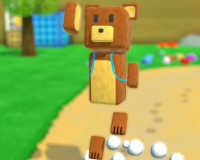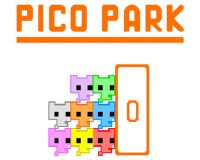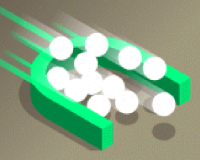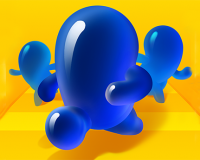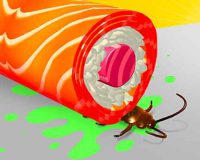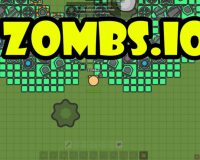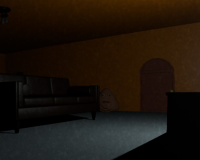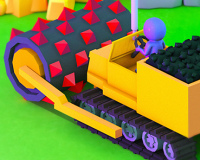
Advertisement
Cary Output Transformer
Cary Output Transformer is a simulation game that focuses on the technical and creative aspects of audio equipment design. Players take on the role of an engineer working on custom output transformers for tube amplifiers. The gameplay revolves around configuring electrical components, adjusting variables, and testing signal performance to meet the desired audio standards. Each level offers new challenges, pushing the player to balance precision and experimentation.
Design Process and Core Mechanics
At the start of each project, players are given target specifications for an audio output transformer. This includes factors like impedance, power handling, frequency range, and distortion levels. Using in-game tools, they must select appropriate materials, configure windings, and tune the magnetic core properties. Every adjustment affects the final performance, so careful analysis and iteration are required before moving to testing.
Tools, Components, and Customization
The game introduces a range of customizable components, allowing players to create different types of transformers for specific applications. Whether designing for clarity, warmth, or power efficiency, each configuration requires attention to detail. Players must consider the individual parts and how they interact under simulated loads.
Key components that players can manipulate include:
- Core material and shape
- Primary and secondary winding count
- Wire gauge and insulation
- Shielding and casing design
- Circuit integration and matching
Evaluation, Feedback, and Iteration
Once a transformer is assembled, it is tested using simulated signal sources and measurement instruments. Players receive feedback through graphs, sound waveforms, and technical reports. If the result deviates from the target, adjustments can be made and re-tested. Higher-level challenges introduce limitations such as material cost, production time, or real-world constraints from client requirements.
Cary Output Transformer provides a detailed environment for learning about audio engineering and component interaction. It combines theory and hands-on experimentation in a structured, challenge-based format. By encouraging iterative testing and critical analysis, the game appeals to players interested in electronics, acoustics, and the process of fine-tuning high-performance audio equipment.













